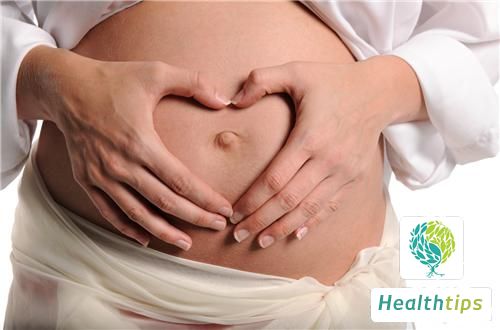After childbirth, women generally start producing milk around the second or third day postpartum, and some may even be able to squeeze out milk before delivery. The time for milk production after childbirth is related to personal physical condition, as well as factors such as the mother's mood, whether she breastfeeds early, and her contact with the baby. In addition, timely supplementation of soup-based foods can significantly advance the time for milk production.

1. Generally, mothers begin to experience breast engorgement 2-3 days after childbirth. Regarding when milk appears in the breasts, some people can squeeze out a small amount of milk from their breasts in the late stages of pregnancy.
2. After childbirth, if mothers have early contact and early breastfeeding, breast engorgement will occur earlier. At the same time, breast engorgement is also related to mood and postpartum condition. Mothers with a good mood, good sleep, plenty of energy, and adequate nutrition tend to have earlier and more abundant milk production.
3. Mothers who experience postpartum hemorrhage, poor rest, fatigue, or poor nutrition tend to have later milk production, and the amount of milk will also be less. Therefore, it is recommended that postpartum mothers should rest more and maintain a pleasant mood.
4. It is important to consume protein-rich foods, especially ensuring adequate water intake, to ensure sufficient milk production.
5. It is recommended to allow newborns to have early contact with their mothers, as close mother-child contact can also increase milk production. Frequent breastfeeding is also one of the best ways to stimulate milk secretion.

